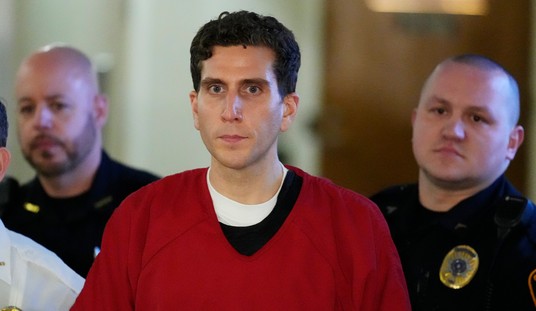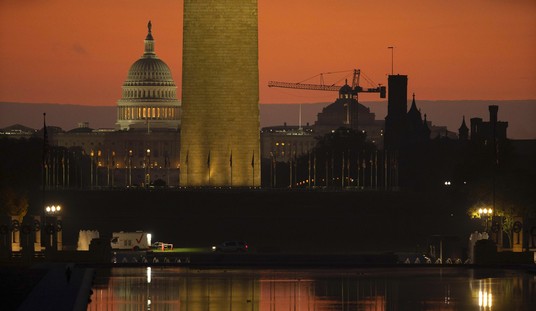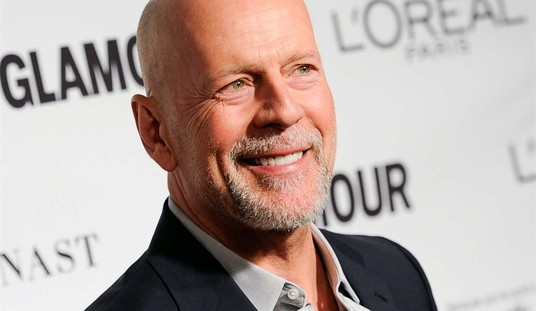It’s been 35 years since the Niagara Falls neighborhood known as “Love Canal” in upstate New York became infamous for its high levels of toxicity from a local landfill. The assorted chemicals buried at the site left residents with a host of health problems before they were evacuated upon the government's request, declaring a state of emergency. Now, after officials began allowing people to move back to the area which they believed to be harmless, residents and environmental activists are decrying the decision.
Love Canal resident Keith Boos, who moved to Love Canal 15 years ago after officials gave the green light, explained that the authorities’ assumptions had dire consequences.
From WGRZ.com,
Boos moved to the area 15 years ago to raise a family and thought all the stories of the Love Canal contamination from the 1970s were over.
"We were told the area was safe, the contamination was contained," he said.
But since then, he says many members of his family have gotten sick, including himself and that he's been diagnosed with lung disease.
"There are excessive levels of dangerous chemicals in my home, that my family breathes in every day is contaminated and life threatening," he said.
The Niagara Gazette also reports that Boos’s wife has had two brain surgeries to remove cysts, while his daughter, he said, has trouble remembering things and is constantly fatigued living in their house with her 2-year-old daughter. Because of these new health concerns, lawsuits are pending against Occidental Petroleum, who is responsible for the property.
Lois Gibbs, an activist who helped expose the Love Canal’s contaminants in the 1970s and the current executive director of the Center for Health, Environment & Justice in Washington, DC, returned to the notorious neighborhood Tuesday to condemn the local officials and government for allowing people to reside there again.
Recommended
“How dare they say that the area is safe. This area can never be safe.”
Also “not safe” from Gibbs’ wrath was...just about everyone.
"The people who are responsible for this, Occidental Petroleum, the city of Niagara Falls, the state of New York, and the federal Environmental Protection Agency, not only should be ashamed of what they did, but they should be put in jail," she said. "This is an unfair situation and I'm very saddened. It's very hard to come back here and see the same thing that was there 35 years ago. It didn't have to happen."
I certainly feel for these residents who are now affected by the chemical-plagued site, but why return to an area infamous for being rife with contaminants? Even if officials declared it safe, I would imagine red flags would immediately go up. If the Love Canal is still causing health issues, then the local officials are certainly to blame for declaring the area safe to live, but some responsibility should also be given to the residents who chose to live there after knowing the risks. Regardless, more oversight on both sides could have prevented a now multimillion-dollar state lawsuit headache for New York.
The uncertainty of Love Canal could also affect future New York projects such as the expansions of Covanta Energy and the Chemical Waste Management landfill, both of which residents fear could also affect their health. Covanta could potentially help the state divert 75 percent of solid waste from landfills by 2030, according to a city plan. Yet, these potentially beneficial energy plans will have obstacles going forward from already concerned citizens.
The Love Canal bad romance continues.























Join the conversation as a VIP Member